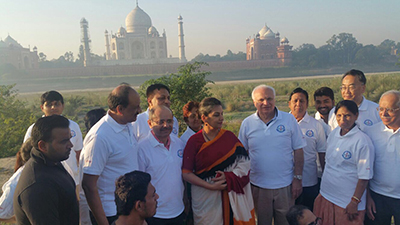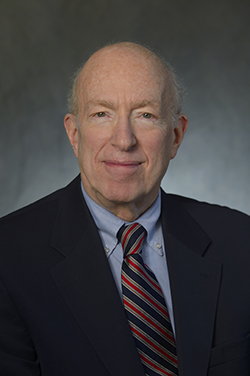By John D. England, MD, Editor-in-Chief
Following the advice of the Editorial Board members for the Journal of the Neurological Sciences (JNS), we have reorganized the contents index for each issue. This has been done to enhance perusal of the contents by readers of the journal.
The contents are now organized into orderly section headings of Editorials, Reviews, Original Articles, Short Communications, Letters to the Editor and Book Reviews. We still welcome unique and informative case reports, but most of these are now published as Letters to the Editor.
Additionally, we have reserved space for a President’s Column, which is written by the president of the World Federation of Neurology. The inaugural President’s Column, entitled “Neurodegenerative Noncommunicable Diseases (Neurology NCDs). Where are we now?” by President Raad Shakir, was published in the Sept. 15, 2015, issue of JNS. Of course, all of these articles are accessible with the online version of JNS.
In our ongoing attempt to enhance accessibility of JNS articles to members of the World Federation of Neurology, we have selected two more free-access articles, which are profiled in this issue of World Neurology.
- Anna Rostedt Punga, et al. from the department of neuroscience in Uppsala, Sweden, summarize data from 71 patients with autoimmune myasthenia gravis patients, which suggest that the immuno-microRNAs miR-150-5p and miR-21-5p are a biological marker for the disease. They compared sera from 71 patients with myasthenia gravis, 23 patients with other autoimmune disorders and 55 healthy controls. The levels of miR-150-5p and miR-21-5p were significantly elevated in the sera from patients with myasthenia gravis compared to both healthy controls and patients with other autoimmune diseases. Additionally, both of these microRNAs were significantly reduced in the patients with myasthenia gravis on immunosuppressive medications compared to the patients with myasthenia gravis who were not on immunosuppressive medications. If corroborated by additional studies, this report suggests that circulating miR-150-5p and miR-21-5p may be a disease-specific biological marker for autoimmune myasthenia gravis. A.R. Punga, M. Andersson, M. Alimohammadi, T. Punga, “Disease Specific Signature of circulating miR-150-5p and miR-21-5p in Myasthenia Gravis Patients,” J.Neurol.Sci. 356 (2015) 90-96.
- In an accompanying editorial, Fredrik Piehl and Maja Jagodic explain what microRNAs do and comment on their potential as novel biological markers and drug targets for inflammatory neurological diseases. This short paper provides an excellent primer on microRNAs. As the authors summarize, miRNAs are important regulators of biological processes and are the most abundant class of gene regulatory molecules. Understanding how miRNA expression is altered in various diseases is an important and evolving area of research. Their study should result in important new insights into disease mechanisms and perhaps lead to new avenues of treatment. F. Piehl, M. Jagodic, “MicroRNAs as Promising Novel Biomarkers and Potential Drug Targets for Inflammatory Neurological Diseases,” J. Neurol. Sci. 356 (2015) 3-4.
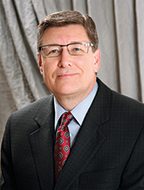
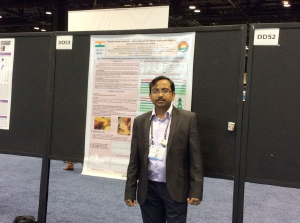
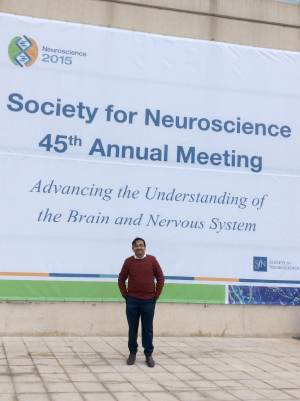
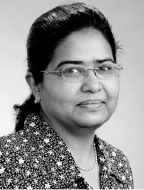


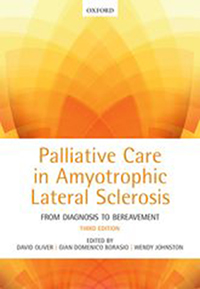 “Nothing we can do.” This is a commonly used phrase when discussing the management of amyotrophic lateral sclerosis with recently diagnosed patients. It is often uttered at a time when patients are at their most vulnerable. They have just discovered they have a relentlessly progressive neurodegenerative disease and simultaneously they are left with the impression that they are on their own because there is “nothing we can do.”
“Nothing we can do.” This is a commonly used phrase when discussing the management of amyotrophic lateral sclerosis with recently diagnosed patients. It is often uttered at a time when patients are at their most vulnerable. They have just discovered they have a relentlessly progressive neurodegenerative disease and simultaneously they are left with the impression that they are on their own because there is “nothing we can do.”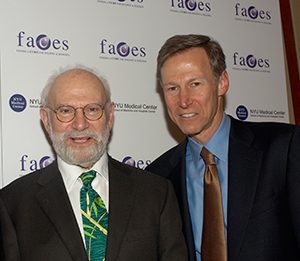
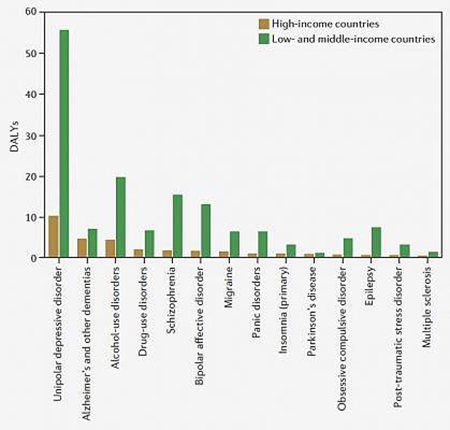
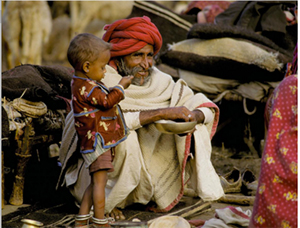
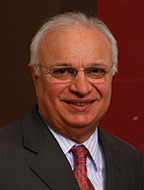

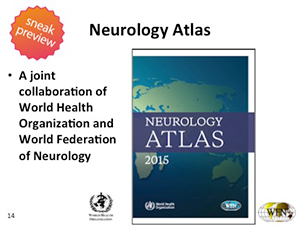 The big drive of WHO toward global coordinating GCM NCDs is gathering pace. Although the scope of the process is not yet complete, one can see WHO trying to listen to all stakeholders, and the matter of WHO dealing with disease management is now a reality. The United Nations has produced the declaration on NCDs and 17 Sustainable Development Goals (SDGs) in 2015. In all these initiatives and targets, brain health should be at the forefront, and we as neurologists should push hard to have neurological issues right in the middle of governmental thinking. Financial support for our patients will only come if we have clear publically supported initiatives in a language that makes sense and shows targets, which are realistic and achievable.
The big drive of WHO toward global coordinating GCM NCDs is gathering pace. Although the scope of the process is not yet complete, one can see WHO trying to listen to all stakeholders, and the matter of WHO dealing with disease management is now a reality. The United Nations has produced the declaration on NCDs and 17 Sustainable Development Goals (SDGs) in 2015. In all these initiatives and targets, brain health should be at the forefront, and we as neurologists should push hard to have neurological issues right in the middle of governmental thinking. Financial support for our patients will only come if we have clear publically supported initiatives in a language that makes sense and shows targets, which are realistic and achievable.